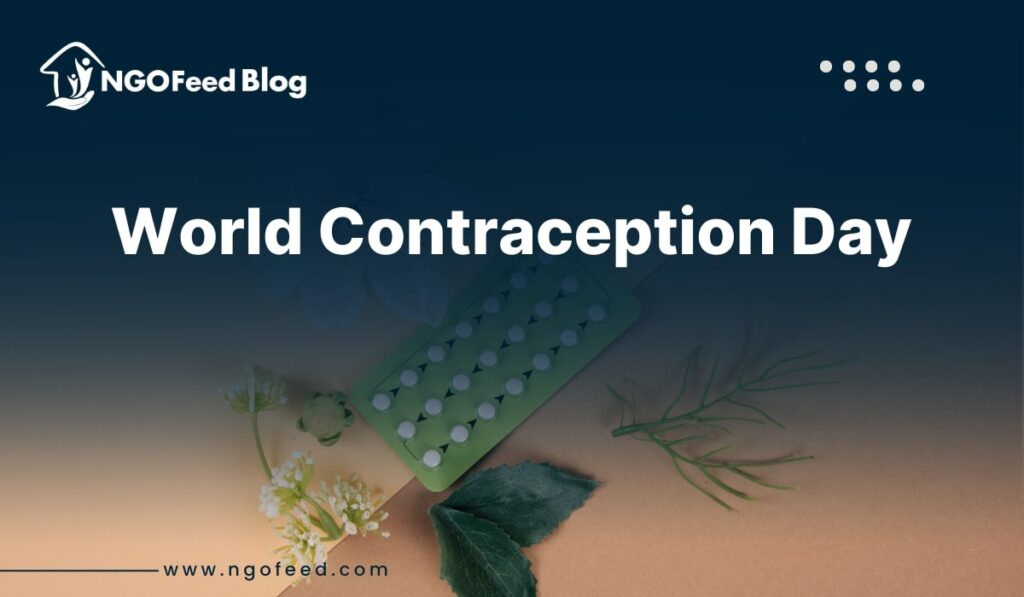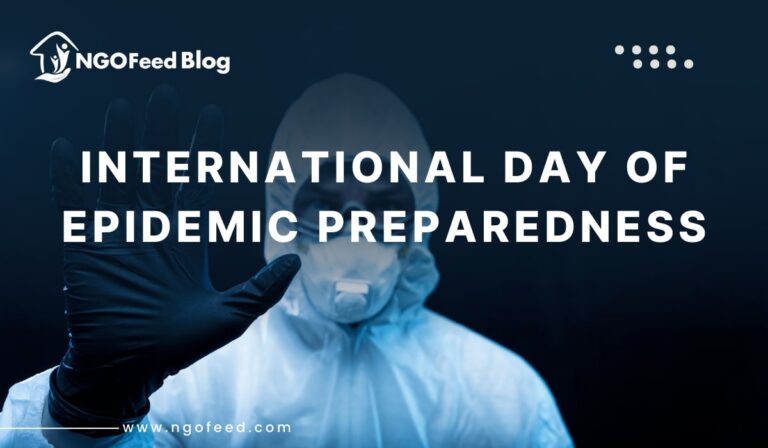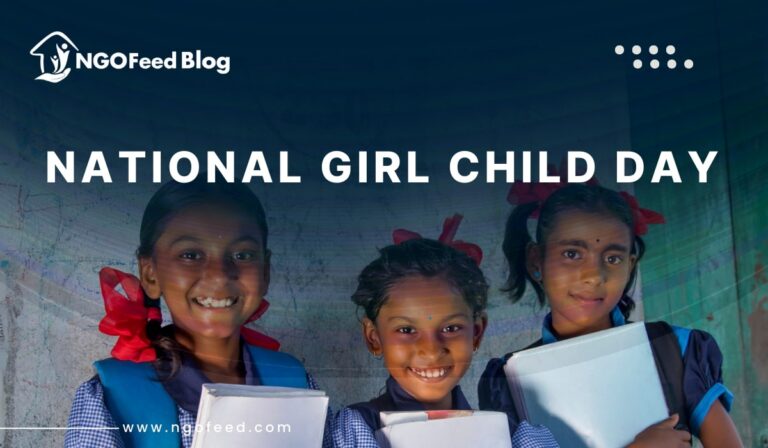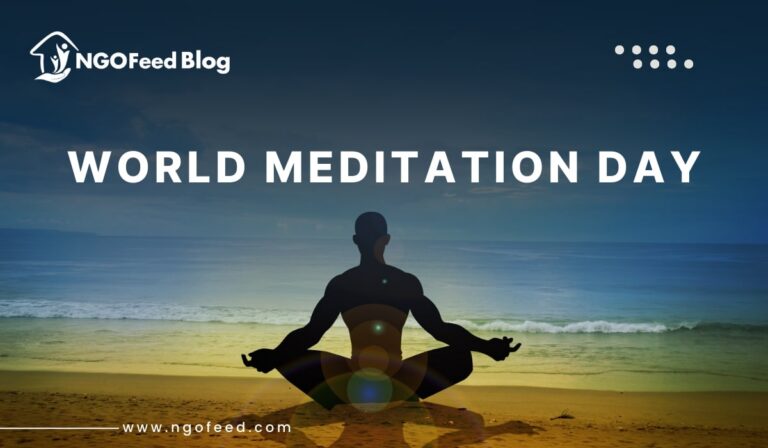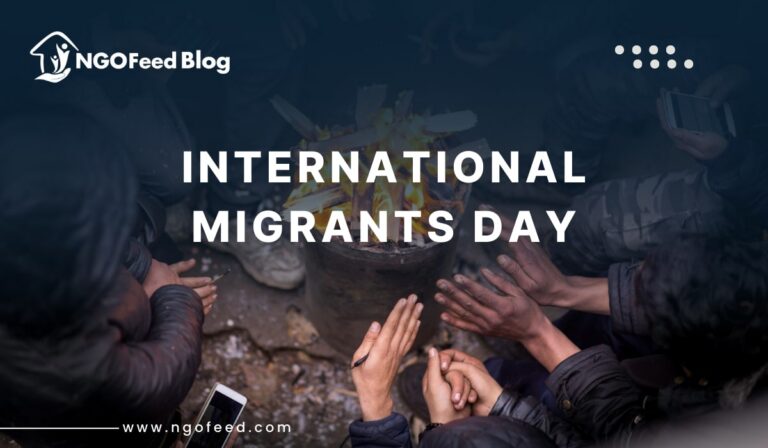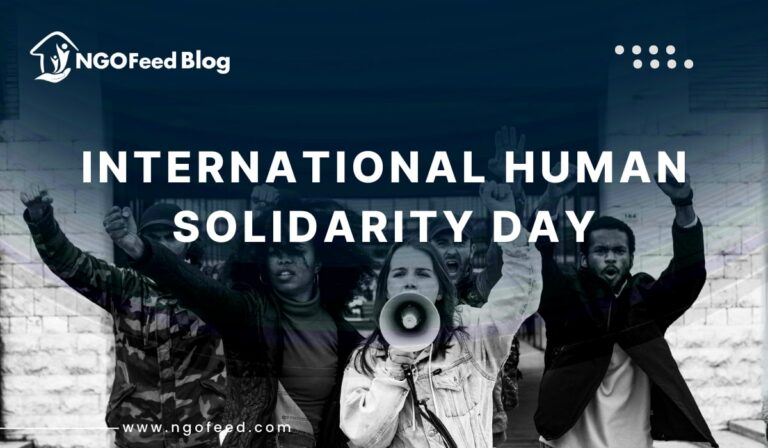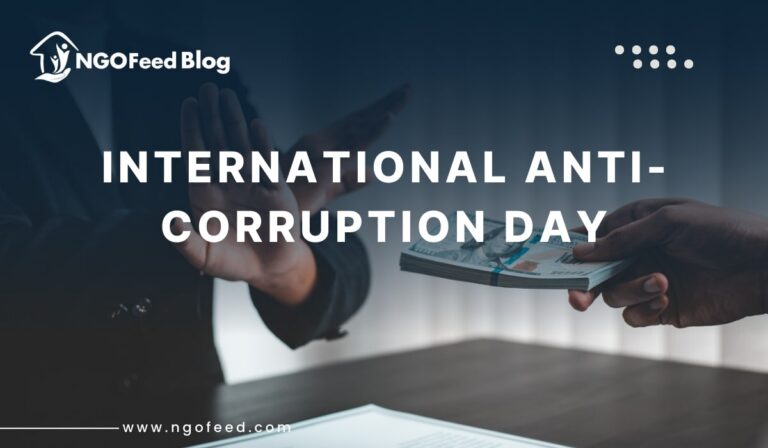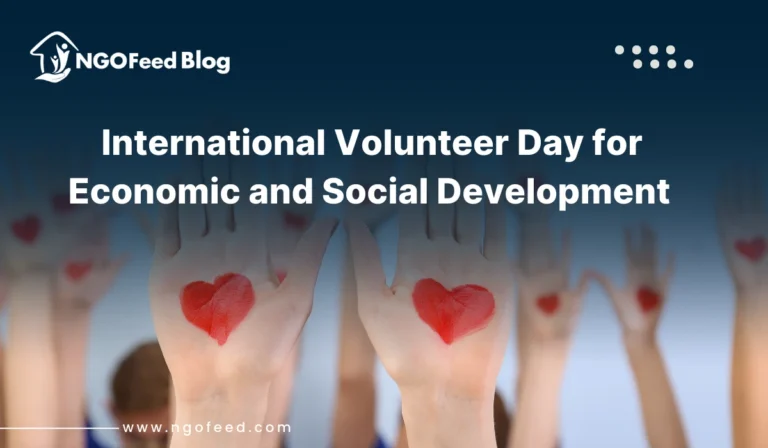Observed annually on 26 September, World Contraception Day (WCD) aims to raise awareness about the need of family planning and reproductive health. It argues for universal access to contraception and gives people, especially young people and women, the ability to make educated decisions about their sexual and reproductive lives.
Preventing unwanted pregnancies is not the only goal of this worldwide project; it also aims at:
- Giving women dominion over their fertility will help to guarantee gender equality.
- Increasing public health through lower illegal abortions and maternal mortality.
- Encouraging sustainable development by controlling resource distribution and population growth.
The vision captures the core of the day:“A planet where every pregnancy is desired.”
Table of Contents
World Contraception Day History and Genesis
First started in 2007, World Contraception Day was driven by a coalition of youth-centered NGOs, health agencies, and worldwide groups. Since then, it has evolved to become one of the most significant global initiatives for sexual and reproductive health rights.
Among the coalition allies are:
- Federation of International Planned Parenthood (IPPF)
- Marie Stopes International (MSI)
- PSI: Population Services International
- United Nations Population Fund (UNFPA)
- Youth groups such as Youth Coalition for Sexual and Reproductive Rights.
- Scientific and medical organizations working in reproductive health
- Together, these groups guarantee that contraception is viewed not only as a medical choice but also as a human right and means of empowerment.
Also Read: WHO Global Nutrition Targets 2025
What is the Aim of World Contraception Day?
Several long-term objectives are highlighted by World Contraception Day:
- Awareness: Teaching people, particularly teenagers and young adults, about birth control options.
- Making contraceptives accessible, cheap, and available for everyone, independent of income or location.
- Informed Choice: Guaranteeing people have access to a solution best matching their health, lifestyle, and cultural heritage.
- Decreasing Unexpected Pregnancies: Reducing the rate of unwanted pregnancies, which frequently result in hazardous abortions or health concerns.
- Prevention of diseases: Encouragement of barrier methods, including condoms, to avoid STIs, including HIV/AIDS.
- Breaking stigma: removing cultural obstacles, taboos, and myths linked with contraception.
World Contraception Day 2025 Theme
Unlike certain observance days with a set yearly theme, WCD has a consistent core vision:
- “A world where every pregnancy is desired.”
- Campaigns under this view often feature:
- Education for young people and teenagers.
- Breaking the taboo on birth control use.
- Male engagement in family planning.
- Particularly in health, education, and gender equality, connecting contraception with Sustainable Development Goals (SDGs).
Why World Contraception Day Matters?
The importance of World Contraception Day goes beyond reproduction; it affects social, cultural, and financial spheres of life:
- Public Health Effects: Prevention of risky abortions, which still account for a major cause of maternal fatalities worldwide, is achieved by means of contraception.
- Women’s Empowerment: By regulating their fertility, women may seek financial independence, jobs, and education.
- Population management supports sustainable development by assisting nations in managing their population in line with their resources.
- Reducing Child Mortality: Planned pregnancies help for better maternal health and improved care for children.
- Fighting STIs: Condoms and other contraceptives act as protective weapons against other illnesses as well as HIV/AIDS.
Also Read: WHO Mental Health Action Plan to 2030 & Beyond
Methods of Contraception – World Contraception Day
World Contraception Day informs people about the great variety of contraceptive choices at hand, which include:
World Contraception Day educates people about the wide range of contraceptive options available. These include:
- Barrier Methods
- Male condoms
- Female condoms
- Diaphragms and cervical caps
- Hormonal Methods
- Oral contraceptive pills (daily pills)
- Injectable contraceptives (every 3 months)
- Hormonal patches and vaginal rings
- Intrauterine Devices (IUDs)
- Copper IUDs (last up to 10 years)
- Hormonal IUDs (last 3–5 years)
- Emergency Contraception
- Pills taken within 72 hours after unprotected intercourse
- Permanent Methods
- Female sterilization (tubectomy)
- Male sterilization (vasectomy)
- Natural Methods
- Fertility awareness (tracking ovulation cycles)
- Withdrawal method (less reliable)
Worldwide Observance and Activities
Among other things, World Contraception Day is celebrated by:
- To inform young people, awareness campaigns include posters, movies, and online campaigns.
- Courses for schools and universities: seminars and talks on sex education.
- Communal Outreach: Delivery of subsidized or free contraceptives at urban and rural health clinics.
- Counseling and contraceptives are provided at medical camps.
- Peer-led projects in which kids teach one another define youth participation.
- Policy Advocacy: NGOs and health groups campaigning governments for better reproductive health care.
- Symbolic of knowledge about reproductive health, Purple Ribbon Campaigns.
Also Read: Accelerating Gender Equality (SDG 5) in India by 2025
Role of Organizations and NGOs in World Contraception Day
Several NGOs and international organizations are crucial in giving World Contraception Day significance:
- Offers sexual and reproductive health services across over 140 countries.
- Collaborates with governments to increase contraceptive availability in underdeveloped countries.
- Marie Stopes International (MSI) focuses in offering reasonably priced reproductive health care.
- Social marketing of birth control is PSI’s main priority.
- Local organizations operate grassroots projects in neglected and rural areas.
Individual Contributions
World Contraception Day reminds people of their obligation to:
- Learn about contraceptive options.
- Encourage conversations on sexual health among communities and families.
- Support gender equality by accepting birth control as a common responsibility.
- Advocate for comprehensive sex education in schools and young education.
- Practice safe sex and urge others to follow your lead.
Conclusion
Celebrated on 26 September, World Contraception Day is a movement for health, rights, and empowerment rather than just a day of awareness. Societies advance public health, gender equality, and sustainable development by guaranteeing the availability of contraception. Provided people, governments, and organizations keep working together, the ideal of a world where every pregnancy is wanted is an attainable objective rather than a far-off fantasy. Today, let us make a commitment to challenge the stigma surrounding contraception, advance knowledge, and guarantee that everyone has the ability to make educated decisions regarding their reproductive health.
Also Read: Role of Indian NGOs in UN SDGs
Frequently Asked Questions (FAQs)
Q1. Why is contraception important?
It prevents unintended pregnancies, reduces maternal mortality, and helps prevent STIs.
Q2. Is contraception safe for teenagers?
Yes, when prescribed by a healthcare professional. Contraception is safe and effective for sexually active youth.
Q3. Do contraceptives affect fertility permanently?
No, most methods are reversible. Fertility usually returns after discontinuing use, except for permanent methods like sterilization.
Q4. Are condoms effective in preventing pregnancy?
Yes, when used correctly, male condoms are about 98% effective and also prevent STIs.
Q5. What is the most effective contraceptive method?
Long-acting reversible contraceptives (like IUDs and implants) are the most effective, followed by sterilization methods.

